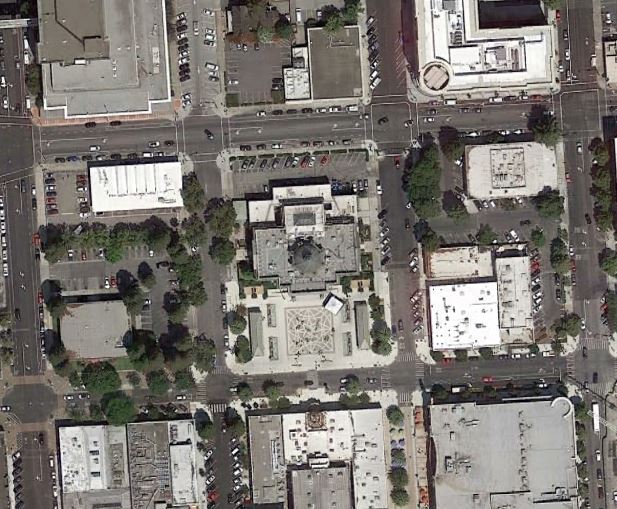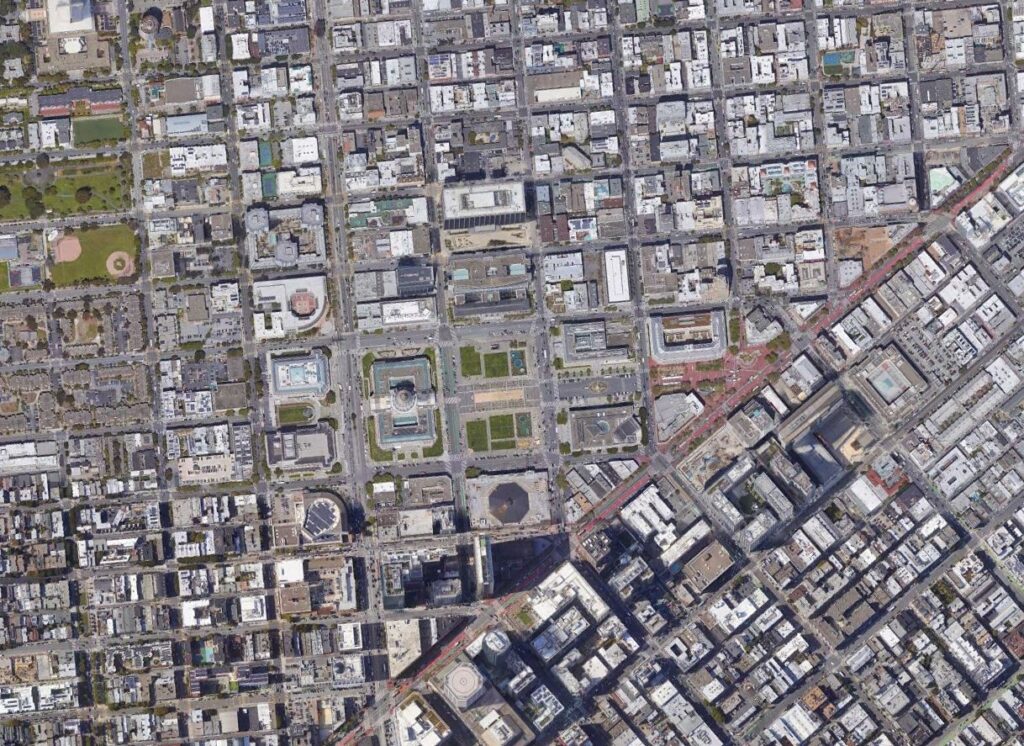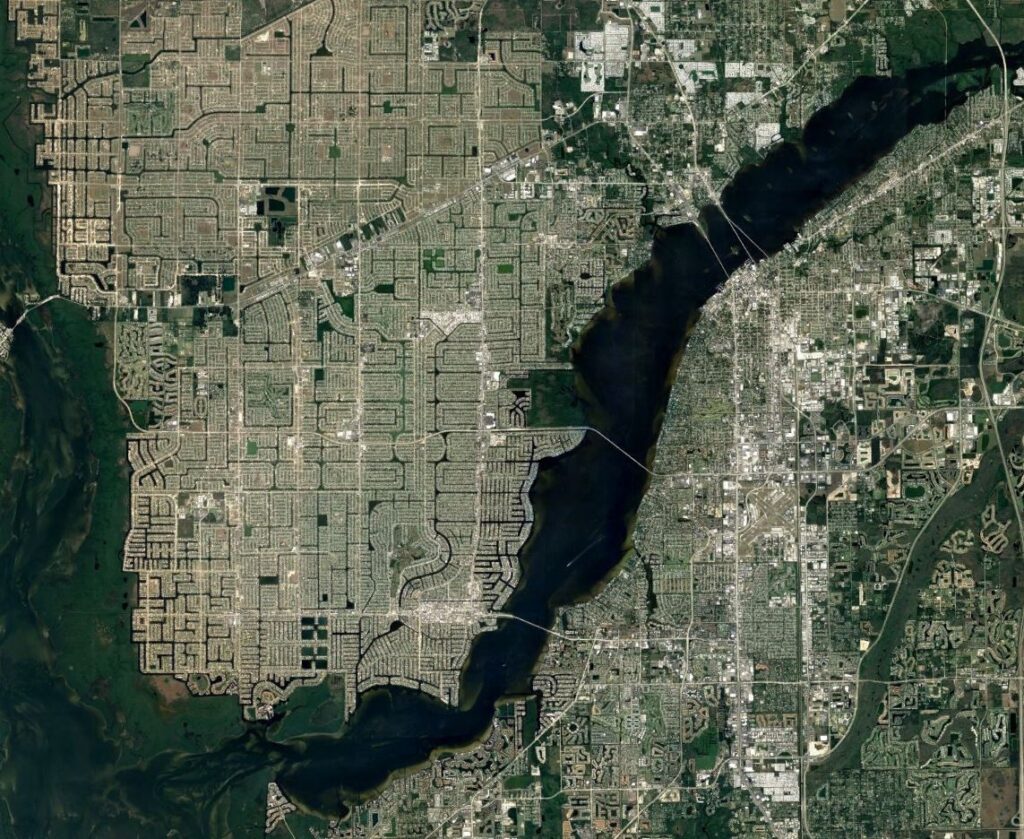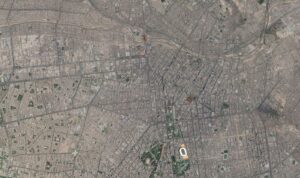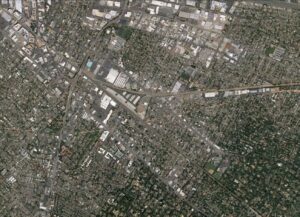Courthouse Square, Redwood City, CA
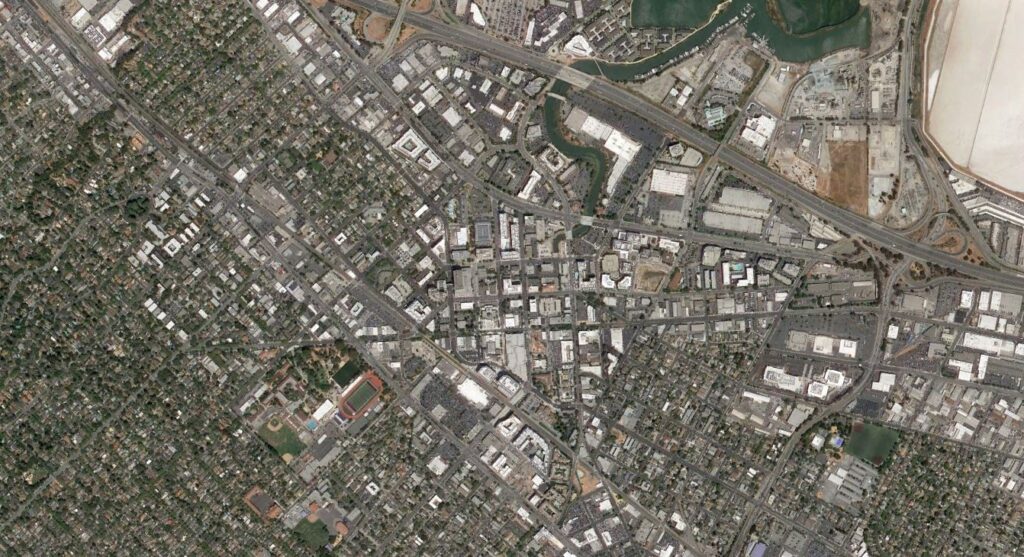
Courthouse Square is the cultural heart of Redwood City, though most of its government buildings lie elsewhere. As the name suggests, the square is the plaza in front of the building with the rotunda, however the building has been converted from the county courthouse into a history museum. Across the street, which is frequently closed to auto traffic, is the Fox Theater. The Square is immensely successful, and has been integral to the revitalization of Redwood City’s downtown, for a variety of reasons. First is that it is simply a nice place to be. Auto traffic is low speed and relatively infrequent due to traffic calming measures, it is within walking distance of most downtown attractions and regional transit, and the layout comfortably encloses the space. Broadway, the diagonal street which runs across the train tracks, also provides the Square with sight lines and helps open the space as well. Though Redwood City lacks the history of many Roman settlements, it has taken some spatial design cues from the Roman tradition. Second, the Square is the great gathering place for most civic events. From movie nights to concerts to the local cultural festivals, they all take place in and around the Square. Finally, the Square itself provides amenities and amusement, ranging from a tea shop to fountains and the museum itself. Overall, Courthouse Square is an excellent example of a small civic space at the human scale, and it is immeasurably important to Redwood City’s cultural and civic growth.
